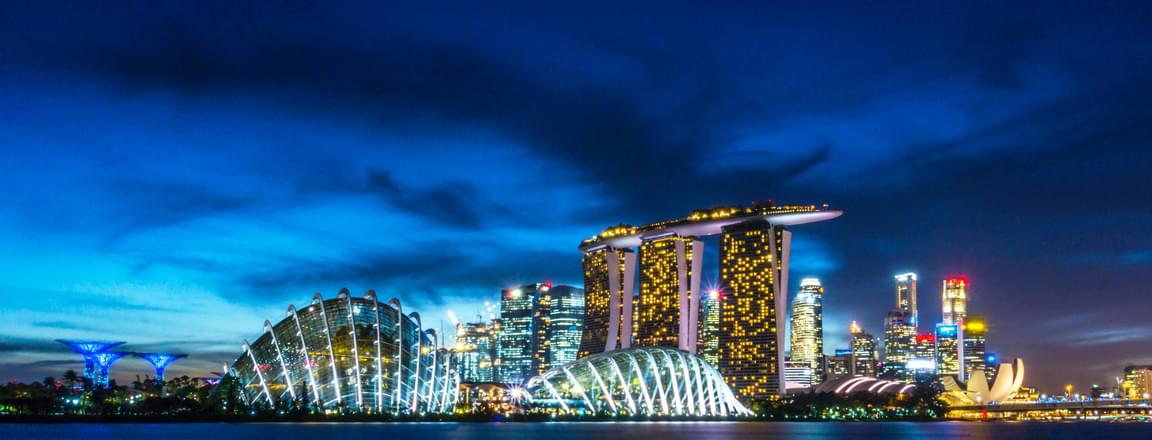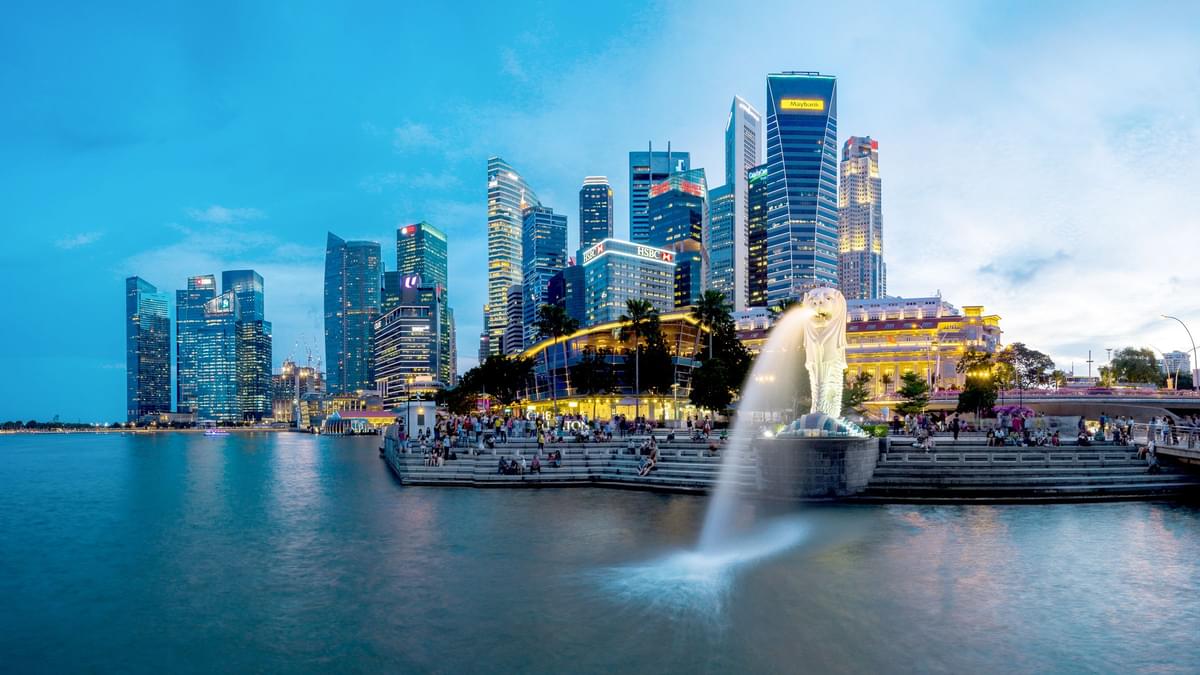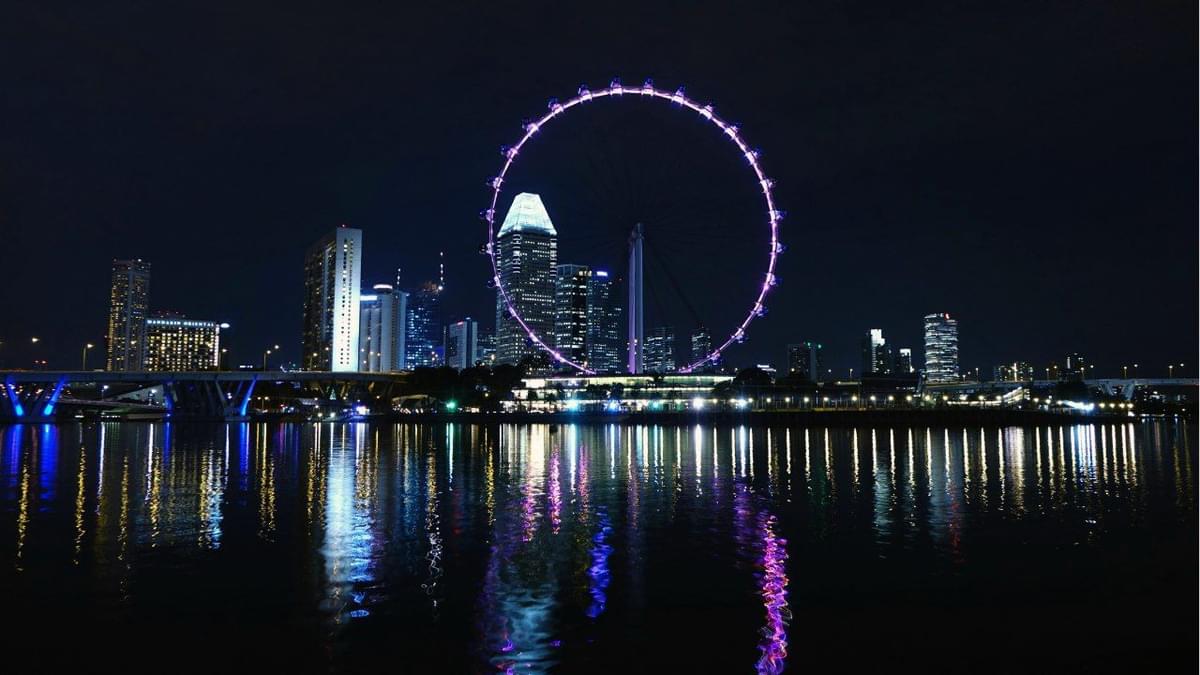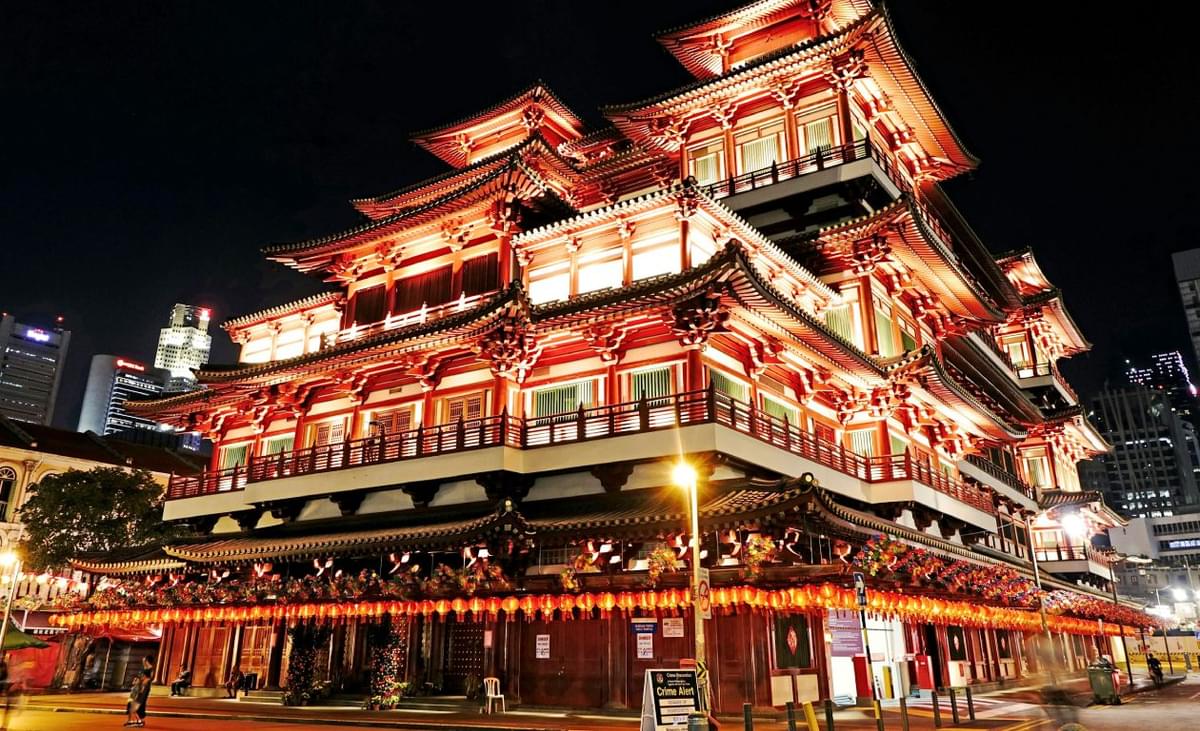
Singapore in January: Complete Weather Guide, Events & Travel Tips 2025

Thinking of travelling to Singapore in January? The wettest month in the city-state will give you a once-in-a-lifetime experience and drastically change the rhythm of exploration. Although January makes visitors struggle with frequent downpours, the month presents cool weather, minimal crowds and the magical atmosphere of Singapore's most important cultural celebration. The Chinese New Year bring its own flair of culture to every corner of the city and sprinkles its magic.
Key Takeaways

- Weather: January brings Singapore's wettest month with 243mm rainfall, but temperatures remain warm at 26-30°C (79-86°F) with high humidity
- Chinese New Year: Late January transforms Singapore into a festive wonderland with decorations, markets, and cultural celebrations across ethnic quarters
- Crowd Strategy: Expect higher tourist numbers during the Chinese New Year period, but fewer crowds at outdoor attractions during rainy days
- Budget Benefits: Hotel rates increase during the Chinese New Year week, but dining and shopping deals abound throughout the month
- Pack Smart: Bring lightweight rain gear, quick-dry clothing, and comfortable walking shoes for wet-weather exploration.
- Universal Studios on Seat in coach
Singapore Weather in January: What to Expect

Singapore Temperature & Humidity in January
January is the wettest and coolest month of the year in Singapore with increased rainfall, high humidity and warm temperatures. Morning starts with a cooler temperature at around 25°C, and the highest daytime temperature reaches about 30°C.
Monsoon Season & Rainfall in January
January is a part of the northeast monsoon season. The month receives rainfall between 230 mm and 330 mm for 14 to 18 rainy days. The northeast monsoon brings intense but usually short rain showers, generally in the late afternoon or evening hours. So, it is advisable to plan your outdoor activities during the hottest part of the day.
January Attractions in Singapore: Top Indoor Experiences

Climate-Controlled Experiences
Singapore Zoo offers climate-controlled walkways and presents the opportunity for witnessing animal encounters, including orangutans swinging from the treetops or the white tigers roaming within their enclosures.
Gardens by the Bay is one of Singapore's most iconic attractions. The Supertree Grove stands out for its futuristic tree structures, the Flower Dome, which presents themed floral displays that change throughout the year, and the Cloud Forest Dome houses the world’s second-tallest indoor waterfall.
Universal Studios Singapore on Sentosa Island has many indoor facilities and covered attractions that entertain people during the rainy season.
Cultural and Shopping Destinations
The covered markets in Chinatown are some of the best markets in Singapore that make cultural exploration in the area possible at all times of the year, irrespective of the weather.
The Marina Bay Sands integrated resort complex brings shopping, dining, entertainment and accommodation all under a single roof, making it a weather-independent.
Chinese New Year in Singapore: January's Cultural Highlight

In late January, the city of Singapore turns into a visual spectacle as the Chinese New Year preparations begin. The Chinese New Year in Singapore is the most significant and vibrant festival in the country.
Chinatown becomes the epicentre of this festival and is decorated with colourful lanterns, traditional decorations and bustling night markets, which creates an atmosphere unlike other time of the year. During this celebration period, the Chinatown markets offer an authentic shopping experience with traditional products and cuisine, and it is one of the best festivals in Singapore, one should never miss.
Impact on Travel Plans
- Most local shops will be closed during the 2-3 days of the holiday period, while some extend their operating hours.
- The tourist attractions are open with adjusted schedules.
- During the Chinese New Year week, the hotel rates shoot up and are likely to double in accommodations in the central locations. In case you are going to visit Singapore in January during the festival, it is advisable to book accommodations early enough.
January Events in Singapore: Festivals Beyond Chinese New Year

Cultural Calendar Highlights:
- Singapore Art Week typically begins in late January.
- Transforms the city into an art destination.
- Features gallery openings, street art installations, and cultural performances across various venues.
Food Festivals and Seasonal Specialities:
- January is the peak season for certain tropical fruits and seasonal dishes.
- These ingredients are widely featured at hawker centres and restaurants.
- Local food festivals and special restaurant menus celebrate these seasonal flavours.
Budget Considerations for January Travel
Accommodation Costs:
- Prices for hotels, especially high-end ones, spike during the Chinese New Year week.
- Hostels and guesthouses serve as more affordable alternatives, but their prices also tend to increase due to high demand.
Flight Prices:
- Airfares to Singapore are at their peak in late January, coinciding with the Chinese New Year period.
Money-Saving Tips:
- Look out for Chinese New Year promotions at restaurants; many offer special menus with great value.
- Shopping malls host festive sales and promotions, making it a good time to shop smart.
Transportation Tips for January Weather
Using MRT & Buses During Monsoon
The MRT system in Singapore is well equipped against weather conditions, with underground metro stations and covered pathways linking most of the major destinations. Bus services run under light rain but are affected when it pours heavily.
Rainy Day Travel: Taxis & Ride-Sharing
Taxis and ride-share services are in high demand on a rainy day, which creates surge pricing as well as longer wait times. Book transportation ahead when possible, especially for airport transfers during the peak rainy period.
Challenges and Considerations
Weather Challenges for Outdoor Plans
- January is in the monsoon season, and outdoor activities are highly limited.
- Unpredictable weather will make it difficult to have some good beach time at Sentosa Island, while walking tours and outdoor attractions will need flexible time, with indoor alternatives.
- During heavy downpours, transportation may be disrupted, such as temporary closures of outdoor MRT lines and higher demand for taxis during the peak rain hours.
Tourist Crowds & Price Hikes in January
- Chinese New Year week sees the largest tourist inflow, which implies larger crowds at popular destinations.
- Hotel and restaurant prices might be hiked during the festivity season, whereas some stalls in the hawker centres may reduce their working hours due to the holiday period.
- During this peak season, prior bookings become very necessary when eating and lodging.
What to Pack for Singapore in January
- Carry a small, durable umbrella that is able to withstand tropical winds and unexpected rains.
- Lightweight rain jackets that are comfortable to use in a humid atmosphere.
- One must take waterproof bags or covers for electronic gadgets, documents or cameras.
- Select breathable, fast-dry clothes that are capable of dealing with humidity and rainy weather.
- Lightweight long-sleeved shirts and pants for air- conditioned spaces.
- Good grip walking shoes suitable for wet floors are essential.
Final Thoughts: Why January is a Unique Time to Visit Singapore
Be it taking shelter in some world-class indoor attractions, wandering around covered hawker centres or planning outdoor activities amidst rainshowers, Singapore in January is a reward to flexible tourists. Although the northeast monsoon brings the most rainfall, it also provides a chance to explore the local culture, see the indoor facilities and experience the mystic charm of the Chinese New Year. Plan your Singapore tour package and explore Singapore’s best-kept secrets for a genuine experience during the period.
FAQS
Is January a good time to visit Singapore despite the rain?
Yes, January can be excellent for visitors who enjoy cultural experiences and don't mind working around the weather. Chinese New Year celebrations, fewer crowds at covered attractions, and Singapore's excellent indoor infrastructure make it a rewarding time to visit, especially for culture enthusiasts and food lovers.
What should I wear in Singapore in January with the humid weather and rain?
Pack lightweight, quick-dry clothing in breathable fabrics, comfortable walking shoes with good grip for wet surfaces and a compact umbrella. Include layers for air-conditioned spaces and avoid leather shoes that may be damaged by frequent wet conditions.
How much rain should I expect during a January visit to Singapore?
January averages 243mm of rainfall spread across 15-17 rainy days, making it Singapore's wettest month. Expect intense but typically short-lived afternoon and evening downpours.
Do Singapore attractions close during January rain showers?
Most indoor attractions operate normally during rain, while outdoor attractions may temporarily suspend operations during heavy downpours. Major attractions like Gardens by the Bay's conservatories, Universal Studios' indoor rides and shopping centres provide weather-independent experiences throughout January.
How does the Chinese New Year affect travel plans and costs in Singapore?
Chinese New Year significantly impacts Singapore travel with increased hotel rates, higher tourist numbers and business closures during the holiday period. Book accommodations early and expect premium pricing during the festival week.
Update your location?



